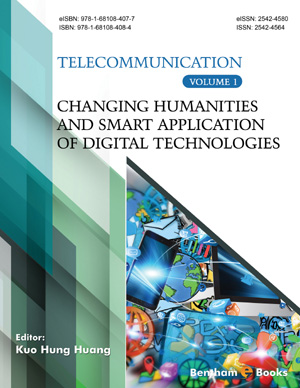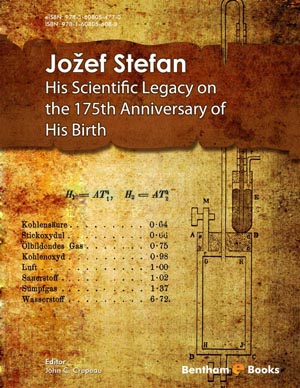Abstract
In this article, written on the basis of Haruki Murakami's work “After Dark”,
along with the architectural layout, the author's living environment, what he wants to
present to the reader, original views, new perceptions of life, and features of the period
are examined from many angles. The main goal is to make sense of the identity of Dark
and its relationship with architecture. It is a work in which the transformations of space
can be examined by personal and social habits, acceptance after dark, and the effect of
lifestyle on architecture. In this study, the work was first analyzed with the effects of
postmodernism from a spatial perspective. Modernity, and postmodernity discourses
have an important place in order to be able to respond to discussions about making
sense of the transformations witnessed on Earth through Japan. Standing out from the
age of Enlightenment, modernism has spread across all stakes of social structures, such
as economical structure, cultural processes, and political life, and has taken a primary
role in shaping the social structure until the 20th century. The discourse “postmodern”
has taken its place in academic discussions of the social structure, which has been
reshaped by the development of communication and transportation technology after the
second half of the 20th century. These perspectives on urban discourse and the role they
play in the organization of urban space constitute the main hypothesis of this study. It
was thought that it would be useful to examine the transformations caused by modern
and postmodern discourses in the social structure based on their reflection on urban
space. In addition, the vitality of the characters has been added to the novel, where
every detail is given to the reader, from the description of a place to their music. The
vitality of the characters is an immersive work. After Dark became one of the rare
works of the postmodern movement that can be studied in literature and architecture.








